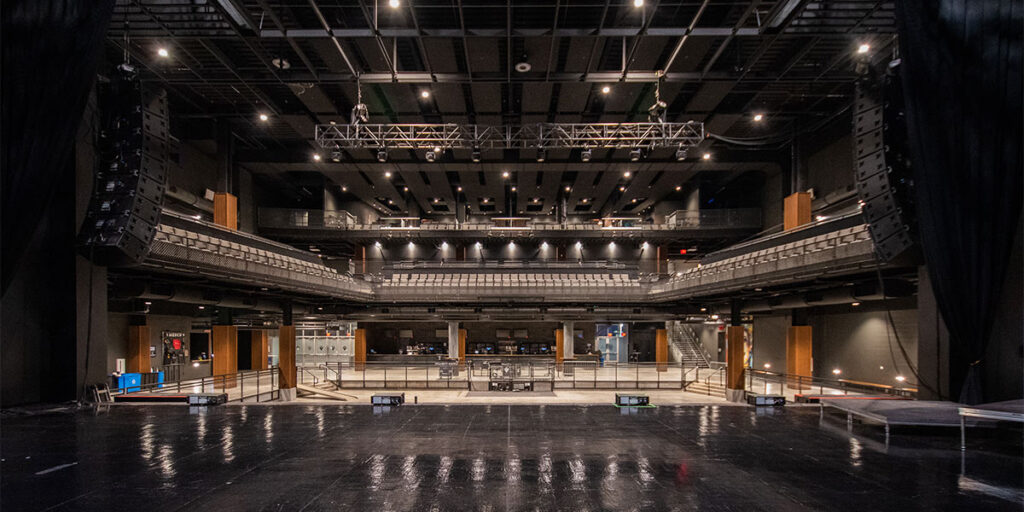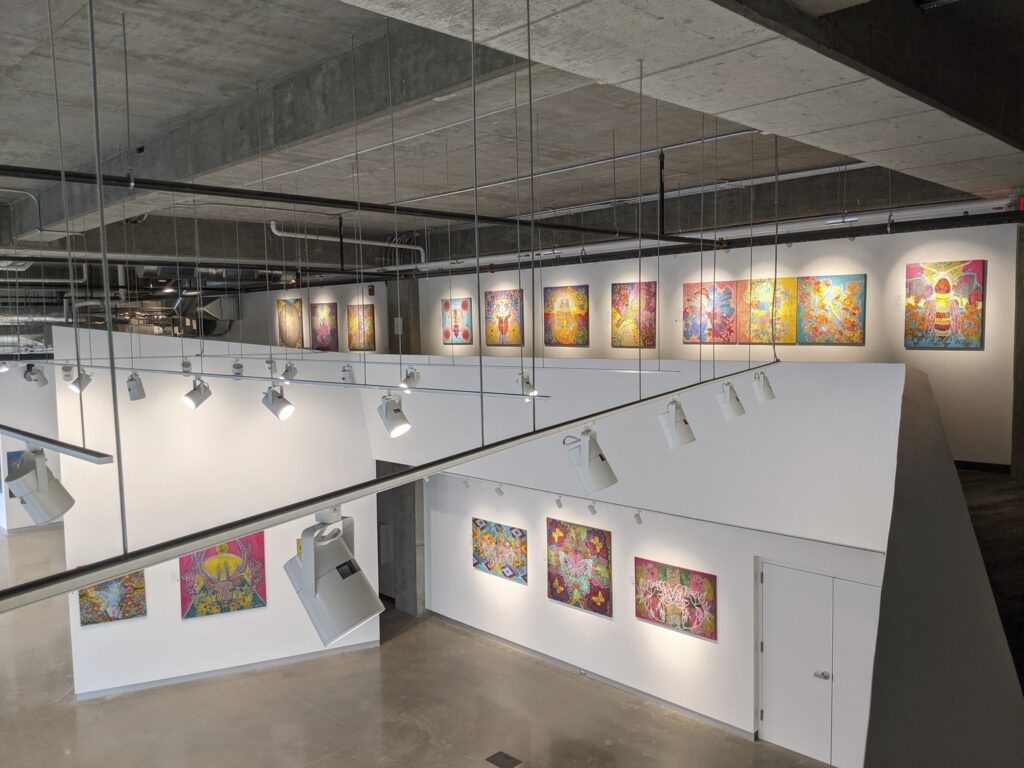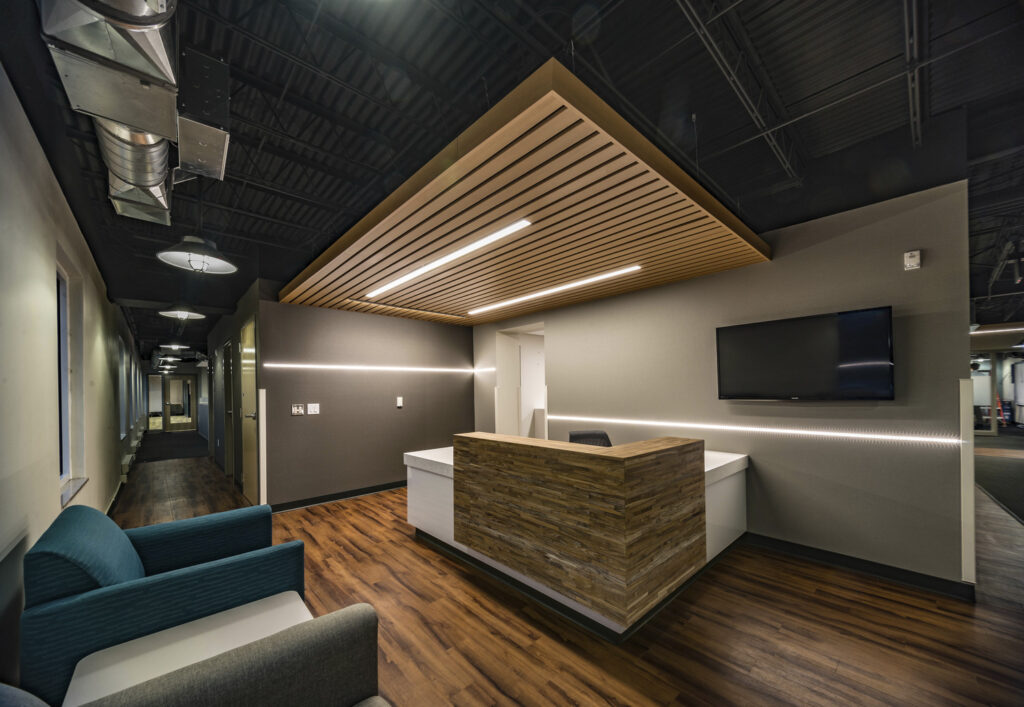Audio/Visual Design Checklist

User-Friendly Reliability
While earlier we focused primarily on low voltage design, now it’s time to dive deeper into its close relation: audio/visual (AV) design.
AV design is the process of understanding the communication and entertainment needs and goals of a client and thoughtfully developing technology systems to address and meet them. Technology has great potential to massively impact visual and auditory communication but by its very nature can be cold, unforgiving, and unrelatable. How many of us have wanted to bang our heads against the desk when the audio won’t connect on our Zoom call? An AV system must be dead-on reliable, but to remain effective for users, it needs to shed that cold image and be personable and relatable.

It’s not too presumptuous to say that audio or AV systems can critically affect a company’s ROI. Inferior systems that are not user-friendly or capable enough will eat up valuable technical support time and can add to the associated costs of extended meeting times and delays.
As engineers, our job is to use our expertise to provide superior and comprehensive technology solutions. The building itself provides shelter and an environment to work in. Electrical and plumbing provide power, lighting, and resources for the tools to complete the work. But AV is used as a toolset for communication. It can simultaneously delight and inform with great effectiveness. It is used daily to facilitate collaborative interaction and content presentation—the foundation of meetings, training sessions, and classes. In short, we’d be lost without it.
The Earlier the Better
Trying to shoehorn an AV system late into a project that is already in construction always leads to delays and extra change order expenses because of redesigns, construction conflicts, and last-minute meetings to make the systems fit and work.
Taking time to think through AV on the front end will result in a much better integrated and refined system, cut down on change orders, and long-term provide a more thoughtful AV system that will be more useful to end users. Basically, if you’re thinking about designing interiors, AV should be added to the discussion.

Overlooked & Under-Utilized
As we discussed in our featured article, the perspective of low voltage and AV design is often misplaced. Being considered a “second priority” needs to change.
Here are some considerations for placing AV design as your first priority, using a variety of spaces as examples:
- In a commercial meeting space, the user interaction experience with technology often gets overlooked. Simple is best, but it requires proper forethought and effort to get it tuned to your specific users. If your AV equipment isn’t easy to use, it is an expensive decoration.
- For large or entry spaces, the opportunity to use AV for aesthetic digital signage as well as instruction or advertising gets underutilized. AV can be a great tool to foster a desired feel or atmosphere.
- For theaters and auditoriums, hiding the technology is often ignored to the detriment of the interior design and aesthetic of the space. Sometimes it can’t be avoided, but that doesn’t mean it shouldn’t get consideration.
There are creative ways to incorporate AV systems into your interior and have them function as a seamless part of the design. Remember to prioritize it early and know your user.

Check, Please!
A good AV designer can map out a building’s systems and users and explain these complex, technical ideas to clients. Below is an example “checklist” of initial discussion points and questions that Strang’s AV designers and engineers use to identify your pain points and form project objectives.
- What are your current uses for AV?
- Meeting rooms (Are employees in-office, remote, or hybrid?)
- Classrooms (Are students utilizing remote learning?)
- Lobby/entry spaces (Does critical operational information need to be displayed? Is some sort of organization advertising required?)
- Auditoriums
- Training spaces
- Command and control centers
- For a new project, will you have new AV use requirements that are different from your old facility?
- How critical is AV to the space?
- What does your user audience look like? Are they:
- Technically adept
- Technically averse
- Artistic
- Younger users
- General public
- Experts in AV/audio/broadcast
- Executives
- What does the consumer audience look like?
- Casual public
- Entertainment
- Class/training/meeting attendees
- Mission critical personnel
- Executive personnel
- What needs improvement from past experiences with AV technology?
- Will new AV technology bring more value and streamline workflow, learning, or communication?
- What are your budget expectations and how do they factor into the overall project?
- Remember: a system that is too thin on usability can cost more money later.
- Consider ROI.
- If initial budget constraints limit AV design scope, consider phased installation and design for it.

Audio/visual design doesn’t have to be overwhelming. A checklist like this is a great way to get a discussion started. AV experts are available to make the process as seamless as possible.
Want to learn more about Strang’s audio/visual design services? Check out our webpage here. Get in contact with us to start your consultation today.




